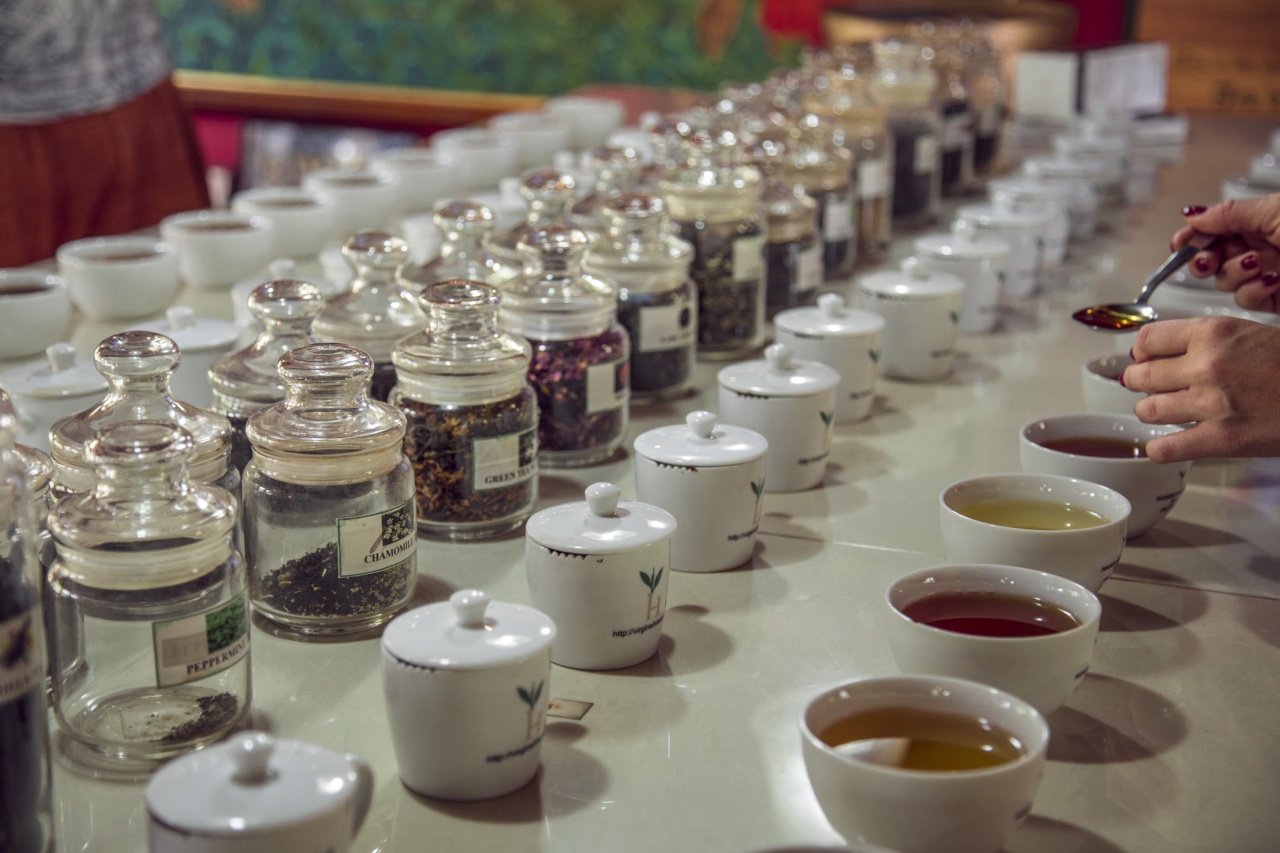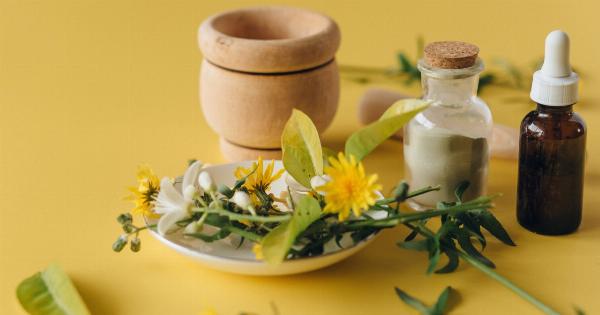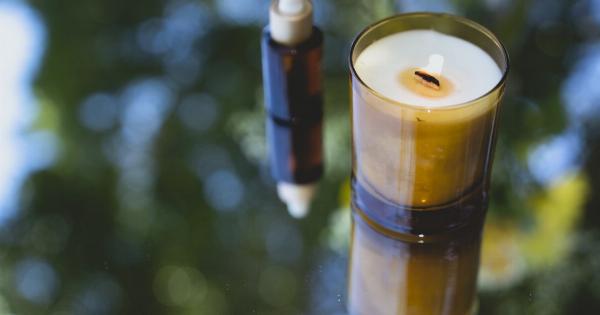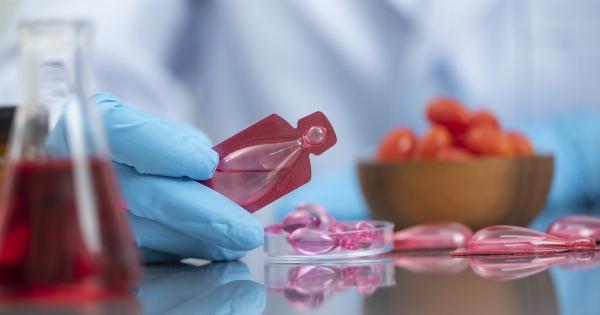Genital fungi, also known as genital fungal infections or genital yeast infections, can be uncomfortable and embarrassing. They are caused by an overgrowth of Candida, a type of yeast that is naturally present in our bodies.
While medical treatments are available, some people prefer to explore natural remedies to address these infections. In this article, we will discuss six herbs that have been traditionally used to help alleviate genital fungi symptoms.
Basil
Basil, an aromatic herb from the mint family, has long been recognized for its antimicrobial and anti-inflammatory properties. It contains essential oils, including eugenol and linalool, which help combat fungal overgrowth.
Basil also supports the immune system, which is crucial for fighting off infections.
To use basil for genital fungi, you can create a basil-infused oil by soaking fresh basil leaves in olive oil for a few days. Then, strain the oil and apply it topically to the affected area.
Alternatively, you can steep fresh basil leaves in hot water to make a soothing tea. Drink this tea or use it as a cleansing wash for the genital area.
Garlic
Garlic is a potent antifungal and antibacterial herb that has been used for centuries to treat various infections, including those caused by Candida. It contains allicin, a compound with strong antifungal properties.
Garlic also helps boost the immune system, promoting overall health and resistance to infections.
To use garlic for genital fungi, you can create a garlic paste by crushing a few cloves of garlic and mixing them with coconut oil. Apply this paste to the affected area for about 30 minutes, then rinse thoroughly.
Be mindful of any potential skin sensitivity, as garlic can be potent. Additionally, consuming garlic in meals can provide systemic benefits.
Calendula
Calendula, also known as marigold, possesses antifungal, anti-inflammatory, and wound-healing properties. It contains flavonoids and essential oils that can help combat yeast infections and soothe irritated skin.
Calendula also promotes the growth of healthy tissues, aiding in the recovery process.
To use calendula for genital fungi, you can apply calendula-infused oil or cream to the affected area. You can easily make your own by infusing dried calendula flowers in a carrier oil such as olive or coconut oil for a few weeks.
Another option is to use calendula tincture diluted in water for a soothing wash.
Tea Tree Oil
Tea tree oil is a powerful essential oil with antimicrobial and antifungal properties. It is derived from the leaves of the tea tree (Melaleuca alternifolia) native to Australia.
Tea tree oil contains terpinen-4-ol, which has been shown to inhibit the growth of Candida. It also helps relieve itching and inflammation associated with genital yeast infections.
To use tea tree oil for genital fungi, dilute a few drops of tea tree oil in a carrier oil, such as coconut or almond oil. Apply this mixture to the affected area using a clean cotton swab or pad.
Always perform a patch test before using tea tree oil, as it can cause skin irritation in some individuals.
Oregano
Oregano is a culinary herb with potent antifungal properties due to its high concentration of phenols, including carvacrol and thymol. These compounds have been shown to inhibit the growth of Candida.
Oregano also has antioxidant and anti-inflammatory properties, which can support the healing process.
To use oregano for genital fungi, you can dilute a drop or two of oregano essential oil in a carrier oil and apply it topically to the affected area.
However, oregano oil is very strong, so it’s essential to dilute it properly and perform a patch test first. Alternatively, you can steep fresh oregano leaves in hot water to make a cleansing wash.
Goldenseal
Goldenseal, a perennial herb native to North America, has been utilized traditionally for its antimicrobial and anti-inflammatory properties. It contains berberine, a compound that has demonstrated antifungal effects against Candida.
Goldenseal also supports the immune system and can help alleviate itching and irritation.
To use goldenseal for genital fungi, you can create a goldenseal wash by diluting goldenseal tincture in warm water. Use this mixture to cleanse the affected area several times a day. Alternatively, goldenseal ointments or creams can be applied topically.
It’s important to note that goldenseal should not be used for extended periods or by pregnant individuals without consulting a healthcare professional.
Conclusion
Natural remedies can offer a complementary approach to medical treatments for genital fungi.
However, it’s crucial to consult with a healthcare professional or a qualified herbalist before using herbal remedies, especially if you have underlying health conditions or are taking medications. The herbs mentioned in this article have traditionally been used for their antifungal properties, but individual experiences may vary.
It’s always best to seek personalized advice to determine the most suitable natural solutions for your specific situation.





























